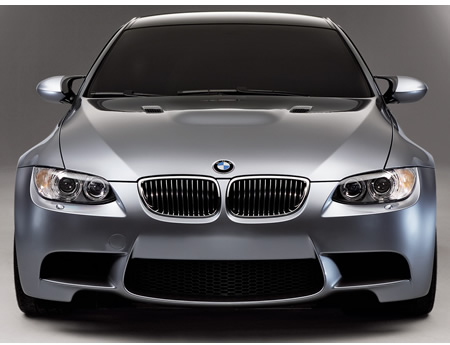De Tomaso releases new renderings of a
future car set to compete with the Mercedes CLS – its called the
Ghepardo. The four-door
sports cars, Ghepardo, suggests the new
concept cars for
the future De Tomaso. Ghepardo is designed with great respect for the De Tomaso history and
design language, and several elements are inspired by the surface treatments of the Pantera and Mangusta. It is designed to match the future trends within the automotive industry both in design and functionality.

De Tomaso Ghepardo Sports Cars Concept Designed For The Future
This entire auto is inspired not only by the De Tomaso past line of
cars, but by a fine taylor-made Italian suit as well. De Tomaso was considered the entry level to the holy grail of
Italian super cars in the 1960s and 1970s.
De Tomaso sport cars Pantera and Mangusta are used as inspiration for surface treatments and more. Auto designer
Frederik Tjellesen has created a
concept sports car for an Italian car manufacturer, De Tomaso, which runs on a low-emission
hybrid engine. Christened the Ghepardo, the concept is a four-door sports car that boasts
Ecoboost technology and
methanol fuel cells.
The De Tomaso Ghepardo Sports Cars Concept Designed For The Future uses technology based on both the latest production sports cars as well as the concepts cars currently being tested. Ghepardo may be powered either by a Ford twin-turbo ecoboost 3.5 V6 producing 465 bhp or by four electric in-hub fuel cells each producing 85 Kw (combined an equivalent of 440 bhp). Electricity is produced by a methanol fuel cell stack located beneath the 500 litre boot. Active aerofoils are incorporated in the ‘c-pillar/rear wing’ giving the car optimal down force at any speed. The Ghepardo measures a length of 4820 mm, a width of 1970 mm, height of 1300 mm and a wheel base of 2990 mm.

The sports cars were as fast and as beautiful, however, more inexpensive than the ones of Ferrari and Lamborghini. In 1971, De Tomaso introduced the Deauville which was the fastest saloon car at the time. It was referred to as a super saloon by founder Alejandro De Tomaso. Inspired by the spirit of the Deauville, the De Tomaso Ghepardo is a modern four door fuel cell super car with a surface treatment inspired by the legendary De Tomasos of the 60s and 70s and designed for the future.
As an inspirational effect from the Mangusta, in Ghepardo De Tomaso the rear wing function as the boot cover and the rear door. With elegant surface, volume, stand, lines with a smooth eye catching finish, the bottom windows are so designed that the rider can have an idea of the speed. Run by a power of approximately 450HP, this car surely binds style with future trend of the car.

De Tomaso Ghepardo Sports Cars Concept Designed For The Future































